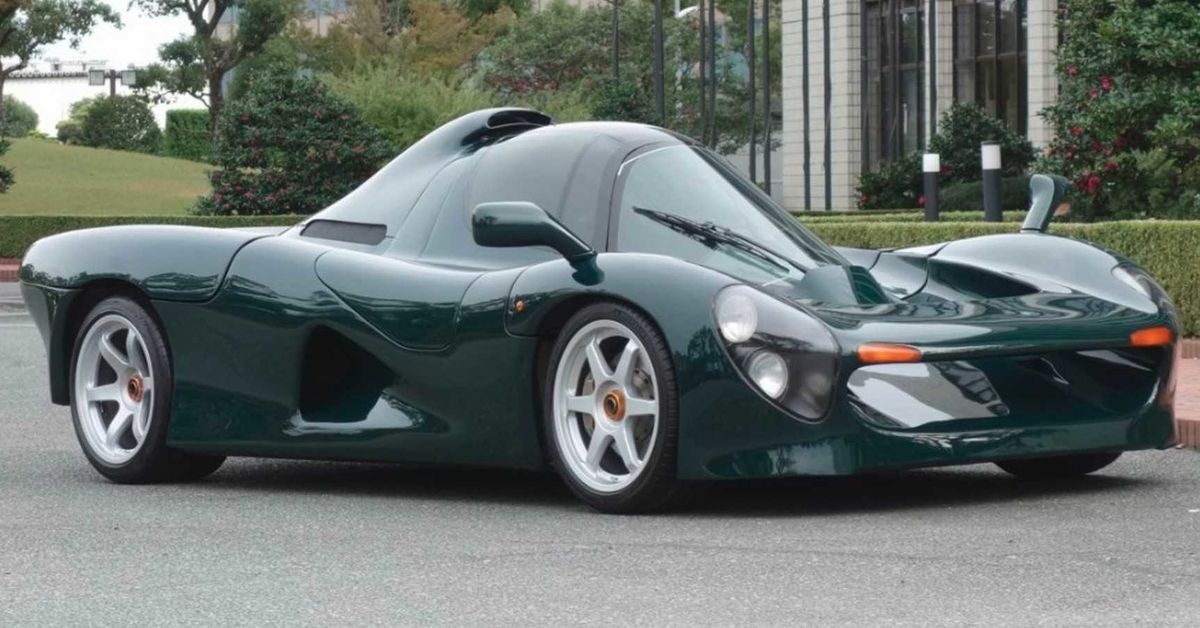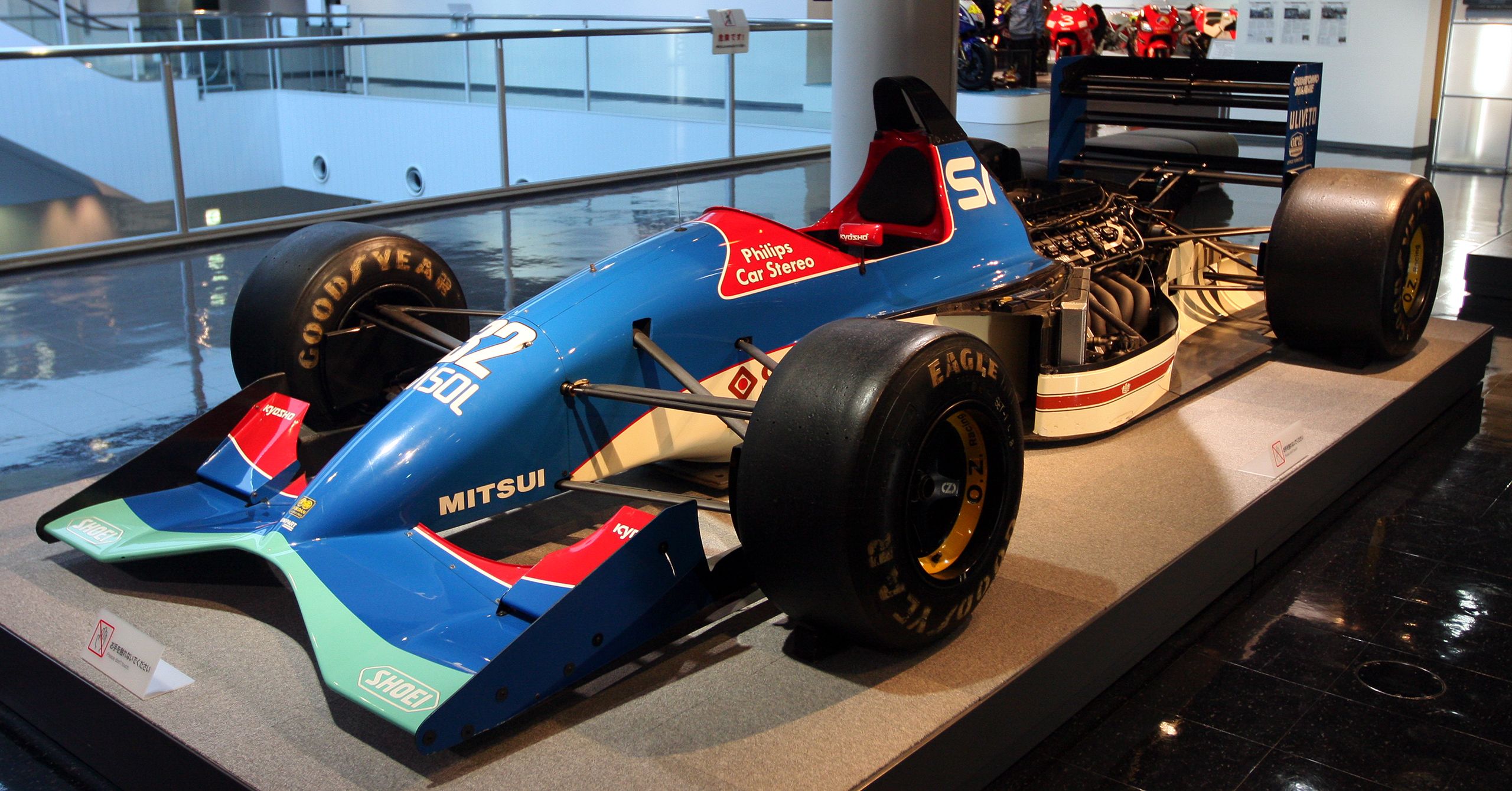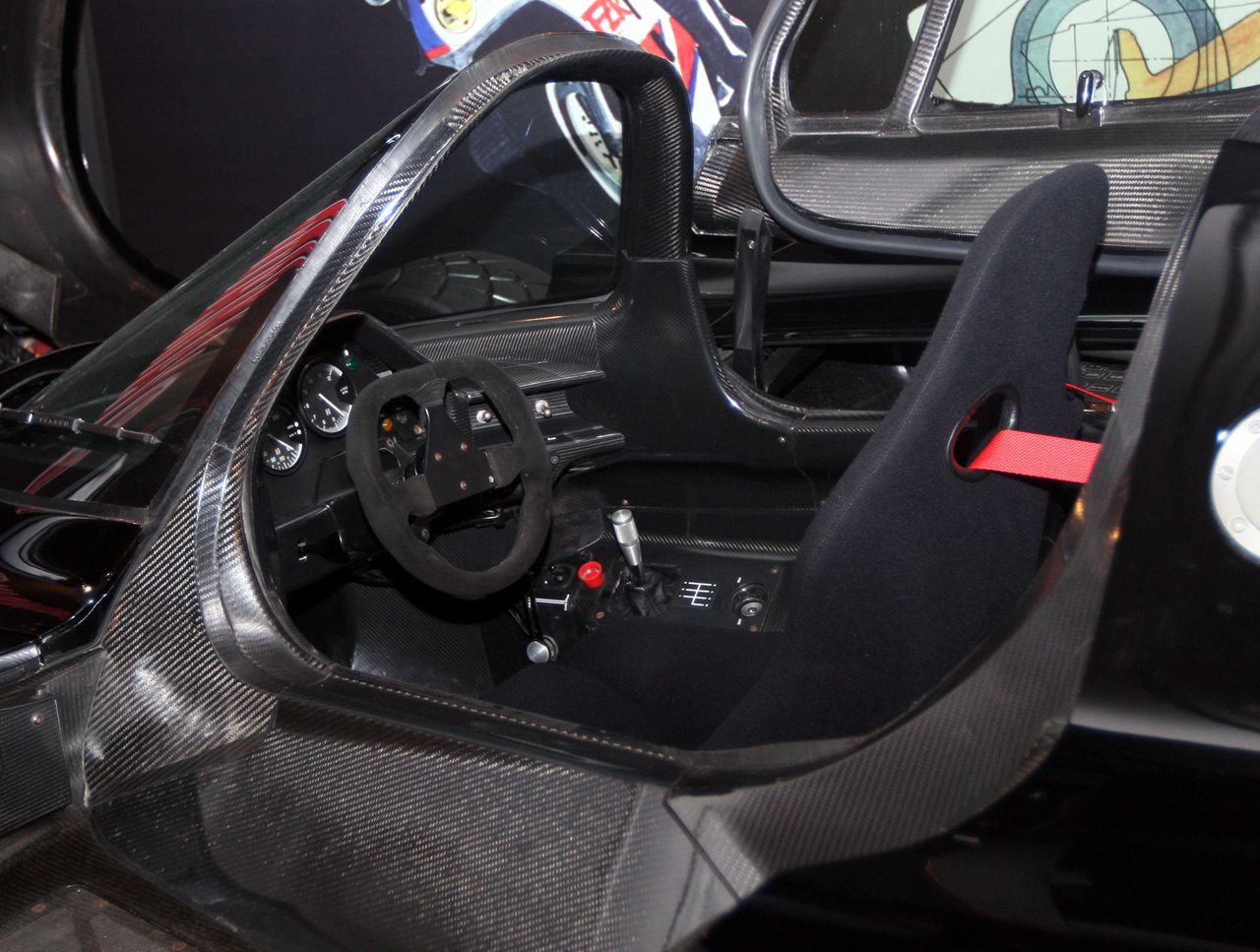Over the years, there have been many outrageous concept cars. While some have gone on to become the greatest supercars in history, many more have passed into obscurity as the world moved on without them. The Yamaha OX99-11 is one such car.
While the automotive world probably knows Yamaha best for its fantastic motorcycles, the company had made the decision to dip its toes into the world of exotic supercars in the early '90s. Partnering with International Automotive Design (IAD), a British engineering firm, what Yamaha created was bizarre and short lived but blisteringly fast.
The Japanese company pulled out all the stops with the OX99-11. The commitment to insanity must have first become clear when the initial design, created by a German company which Yamaha contracted, was dismissed as being too bland and unexceptional, too similar to existing cars on the market. The OX99-11 needed to be otherworldly; Yamaha insisted on nothing less. IAD was brought in to make sure that the result was like nothing else on the road.
One look at the UFO inspired design proved that it would be something totally unique, but the Japanese concept car ended up being too radical to succeed.
The OX99-11 Was A Road Car Built Around An F1 Engine
The idea for the OX99-11 first began to germinate in 1989 when Yamaha entered Formula 1. Although the vast majority of F1 teams have always been based in Britain, Japanese brands have dabbled in the sport over the years. Some, like Toyota, fielded teams, but the most successful example is Honda's involvement as an engine manufacturer for teams like McLaren. Following in those footsteps, Yamaha began designing and building engines for the German Zakspeed team.
Over the next few years, Yamaha provided engines for Brabham, Jordan, Tyrrell, and Arrows. Although no Yamaha powered cars ever won a race, the company's engineers thought that the OX99 engine, a 3.5 liter V12, the OX99 used in the 1991 Brabham BT60Y and the 1992 Jordan 192 (pictured above), showed promise.
The decision was made to use this engine as the heart of a new production supercar, birthing the OX99-11 and giving it its name. The supercar would also borrow from F1 technology in its use of a cutting edge carbon fiber chassis. Inside the cockpit, a racing seat, racing steering wheel, bare carbon fiber, and a complete lack of creature comforts drove home the OX99-11's F1 inspired design.
All this made the car light, too. Aluminum body panels also helped bring down the weight. According to Motor1, the Yamaha had a curb weight of just 2,540 pounds, which is some 300 pounds lighter than the contemporary Ferrari F40 and roughly equal to the the weight of the McLaren F1 that came out a year after the OX99-11 project began.
While the Yamaha's engine was detuned to produce around 400 hp rather than the 550 or so it churned out in race spec, the OX99-11 still boasted an impressive 315 hp/ton power to weight ratio.
The Yamaha Looked Like It Came From Outer Space
Styling is an important part of any supercar, and Yamaha knew that the OX99-11 would need looks to match its performance. IAD created a design that totally alien both inside and out. The car was radically bubbly, almost totally devoid of straight lines, and the cockpit was a small pod located in the center, much like on the McLaren F1. The passenger seat was placed directly behind this in an arrangement more like an F-18 fighter jet than a road car.
Access to the interior was by way of a canopy door. This design, almost never used on a production car but occasionally gracing Pininfarina designed concept cars like the Ferrari Modulo and the Maserati Birdcage, lifts the roof of the car up and forward to allow entry.
The OX99-11 Doomed Itself By Being Too Radical
While IAD created most of these design elements, the majority of the innovation appears to have come from Yamaha itself. The tandem seating arrangement, for example, was the Japanese company's idea. Unfortunately, Yamaha's calls for an increasingly outlandish car began to drive the price up quickly. Due to disagreements over the car's budget, the project was taken out of IAD's hands and placed into those of Ypsilon Technology.
Ypsilon, which was in charge of Yamaha's F1 efforts, was given an impossible deadline to complete the car. When that time went by without the creation of a finished product, the OX99-11 project was delayed. The new timeline aimed for a 1994 debut, but this never happened.
As Motor Trend notes, the OX99-11 was conceived when the Japanese economy was booming and supercars like the Honda NSX, Mitsubishi 3000GT, and Subaru SVX were pouring out of the country. By '94, though, the bubble had burst. Yamaha didn't have the money to spend on supercar projects, and the chance that many people would by buying supercars for $800,000 (nearly $2 million in 2021 when adjusted for inflation) was slim.
The OX99-11 project was cancelled. Just three models had been built, one in green, one in black, and one in red. Consigned to the history books, the Yamaha supercar disappeared from the public consciousness. But while it never had its chance to shine, it still lives on as one of the most incredible, impractical, and amazing cars ever devised.



